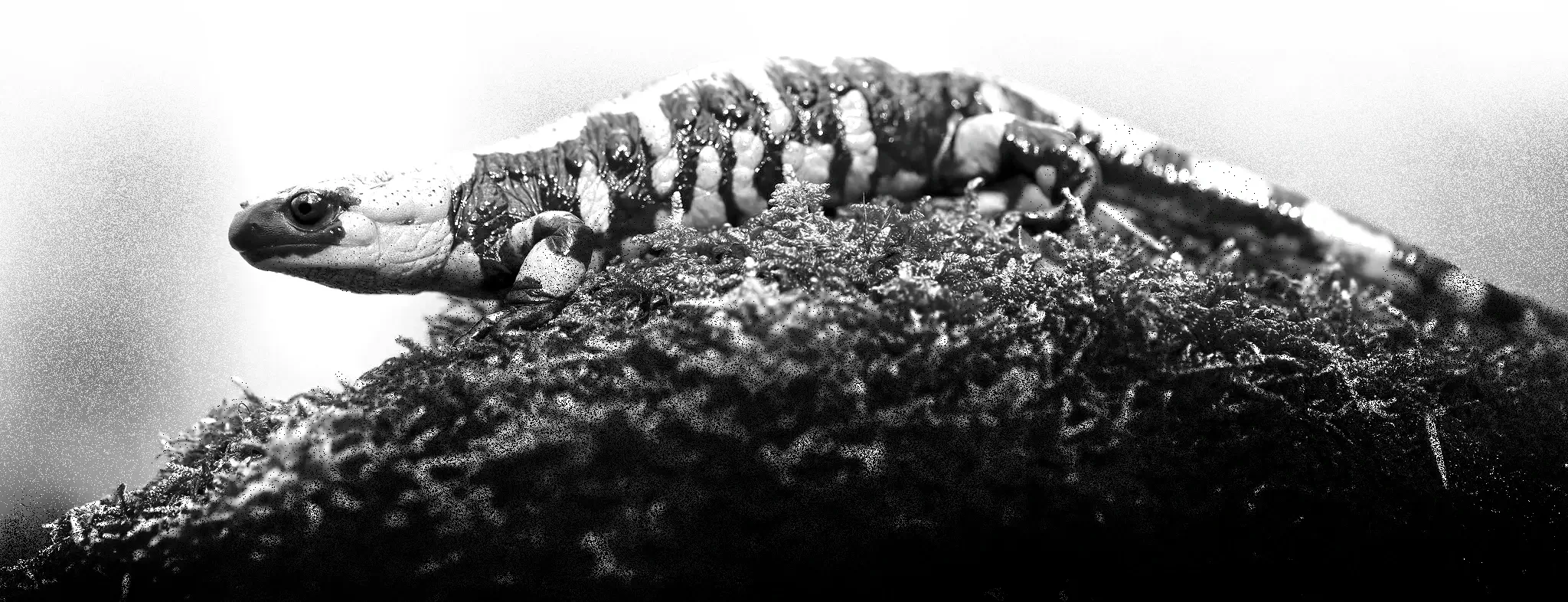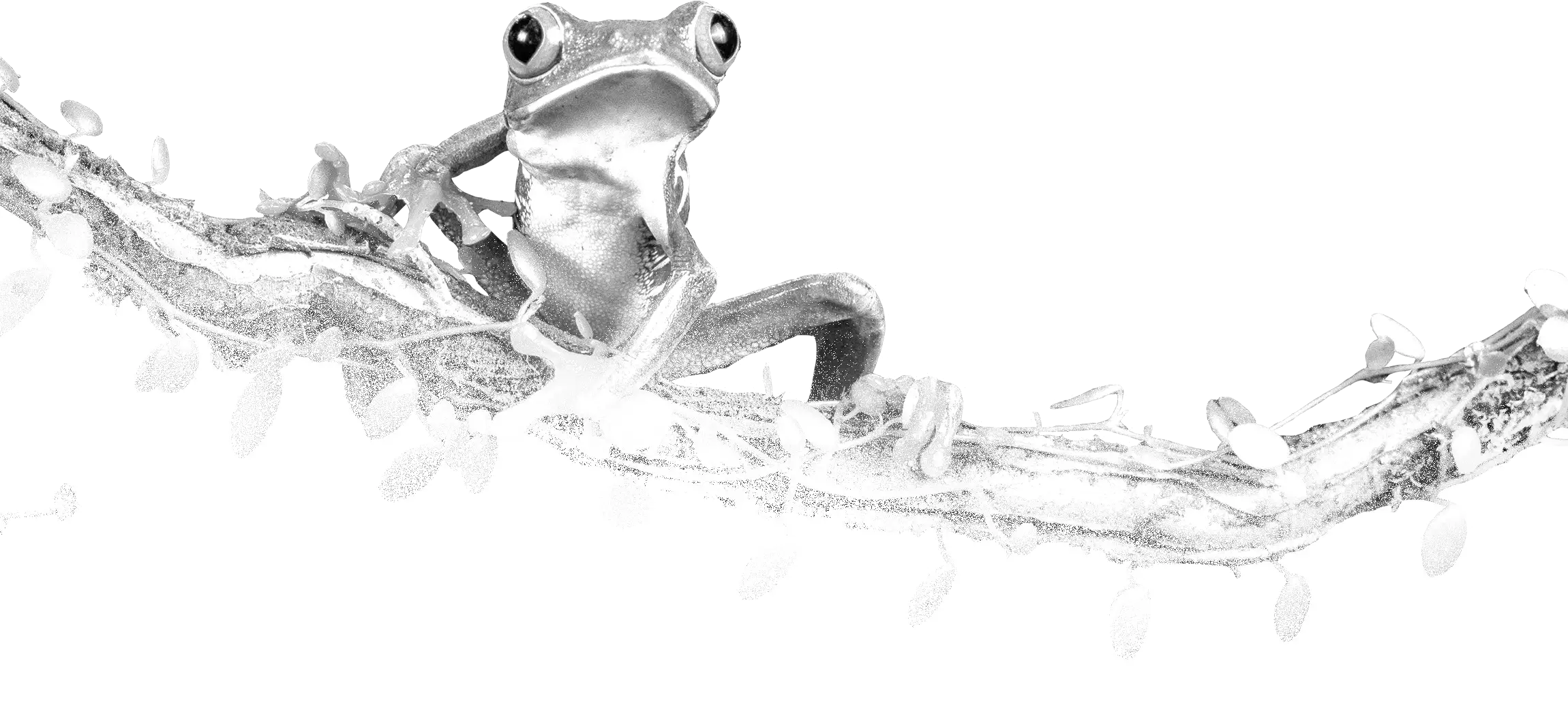
(Rhinatrematidae)
Beaked Caecilians
Хвостаті черв'яги
Rhinatrematidae is a family of caecilians, also known as the Neotropical tailed caecilians, American tailed caecilians. or beaked caecilians. They are found in the equatorial countries of South America.
They are usually regarded as the most basal of the caecilian families, with numerous characteristics lacking in the other groups. For example, they still possess tails, and their mouths are not recessed on the underside of their heads. They lay their eggs in cavities in the soil. The larvae have external gills, and live in seepage areas until they metamorphose. The adults live in moist soil and leaf litter.
Members of this family range in total length from 16 to 33 cm. The head is of medium size, with a pointed, bayonet-shovel–like snout. The eyes are relatively large and set close to the tentacles. The temporal regions of the skull are partially open, and the species possess a paired bone structure that connects and moves the upper and lower jaws. Secondary and tertiary annular grooves are present. The tail is relatively long, extending well beyond the cloaca— a characteristic that gave the family its name.
The dorsal and ventral coloration is vivid, varying from gray to purple, and in some species marked with yellow lateral stripes.
They prefer tropical moist forests, mountainous areas with dense forest litter and rotting vegetation. They are found at an altitude of up to 2000 m above sea level. They spend their entire lives underground, digging burrows in the soil. They feed on various invertebrates that come across on their way.
Females lay eggs on the shore, and the development of larvae occurs in the water.
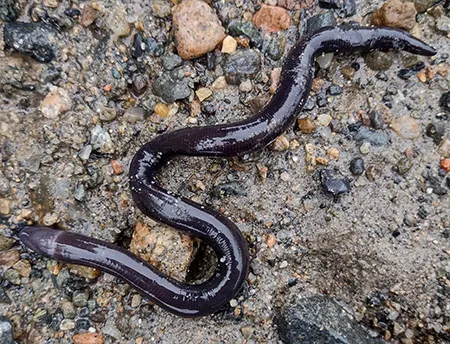
(Amazops amazops)
It is endemic to Ecuador and known only from a single specimen collected at Virgen La Dolores Farm in Orellana Province. The individual was found in very soft, red and muddy soil under some rocks on a dirt road in a portion of the Ecuadorian Amazon at an altitude of about 1,000 m above sea level.
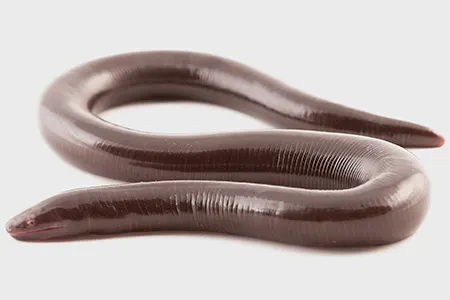
(Epicrionops petersi)
Peters' Caecilian
Черв’яга Петерса
It is found in Ecuador, Peru, possibly Brazil, and possibly Colombia. Its natural habitats are subtropical or tropical moist lowland forests, subtropical or tropical moist montane forests, rivers, and intermittent rivers.
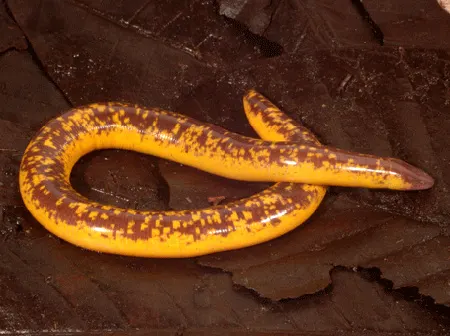
(Epicrionops bicolor)
Two-Colored Caecilian
Черв’яга двоколірна
It is found in Colombia, Ecuador, and Peru. Its natural habitats are subtropical or tropical moist montane forests, rivers, and intermittent rivers.
The genus (Epicrionops) also includes: El Tambo Caecilian (Epicrionops columbianus), Eastern Caecilian (Epicrionops lativittatus), Marbled Caecilian (Epicrionops marmoratus), Parker’s Caecilian (Epicrionops parkeri), Marcapata Valley Caecilian (Epicrionops peruvianus).
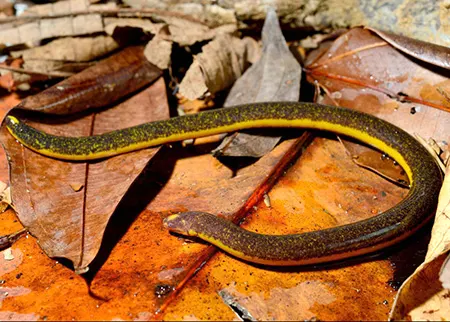
(Rhinatrema bivittatum)
Two-Lined Caecilian
Черв’яга двосмуга
It is found in Brazil, French Guiana, Guyana, and Suriname. Its natural habitats are subtropical or tropical moist lowland forests, rivers, and intermittent rivers.
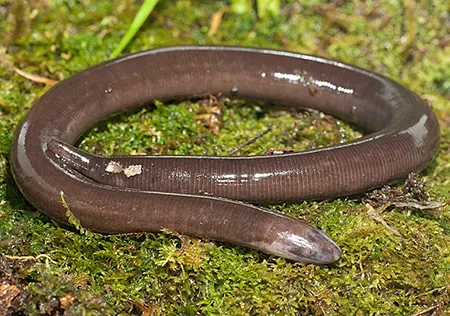
(Rhinatrema nigrum)
Black Caecilian
Черв’яга чорна
It is native to south eastern Venezuela and western Guyana, and possibly northern Brazil. It occurs at altitudes of 100–1,700 m in moist lowland and montane forests, cloud forests, seasonally dry forests, wetlands, marshes and the banks of temporary and permanent water courses.
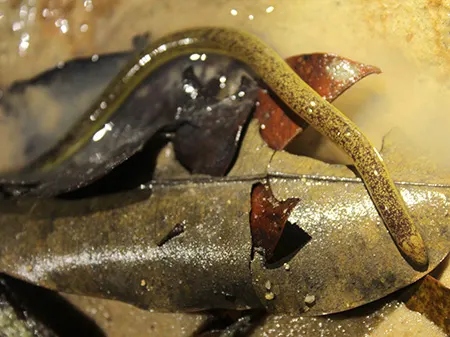
(Rhinatrema gilbertogili)
It is found in Brazil.
The genus (Rhinatrema) also includes: Ron’s Rhinatrema (Rhinatrema ron), Shiv’s Rhinatrema (Rhinatrema shiv), (Rhinatrema uaiuai).
